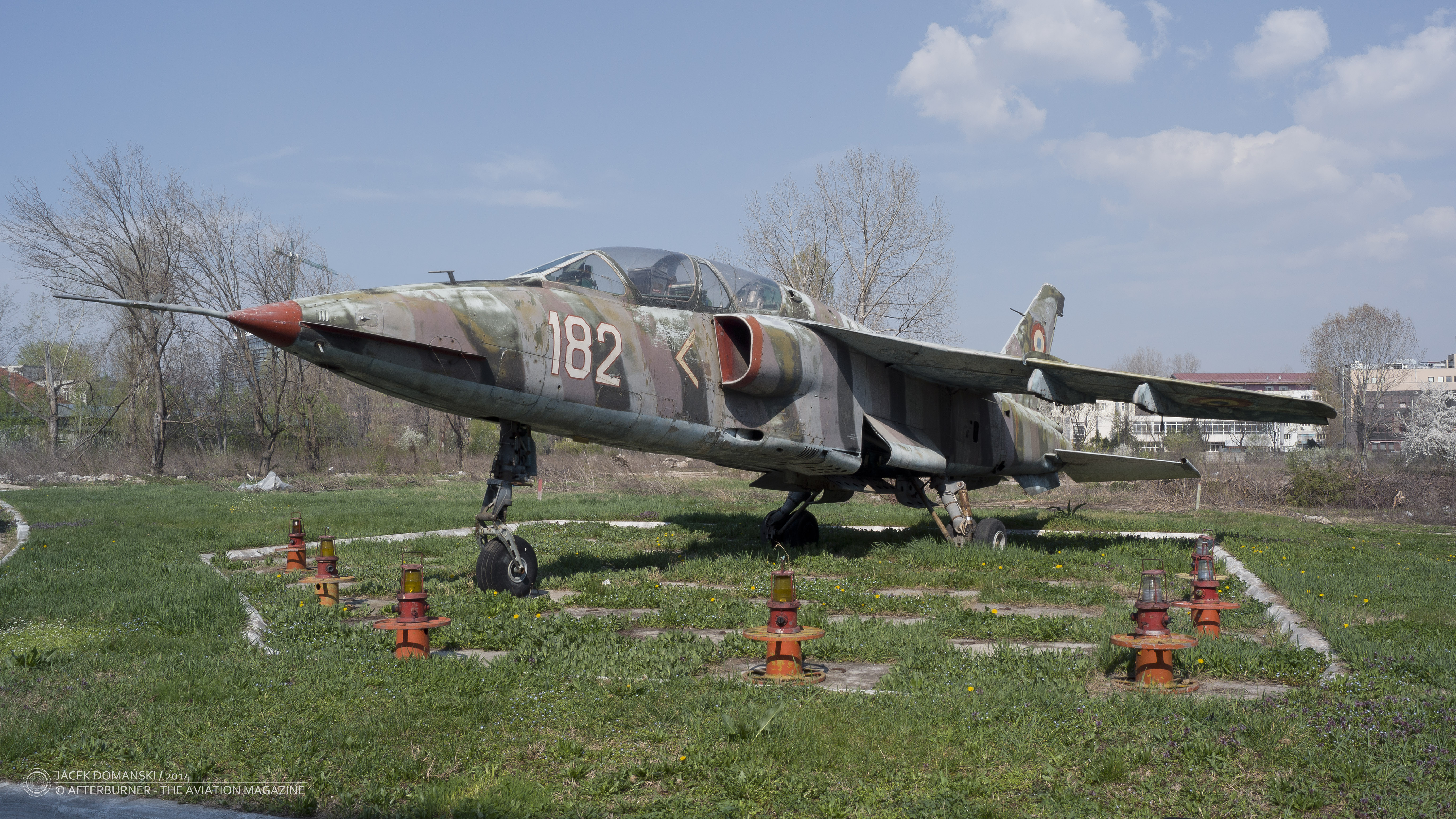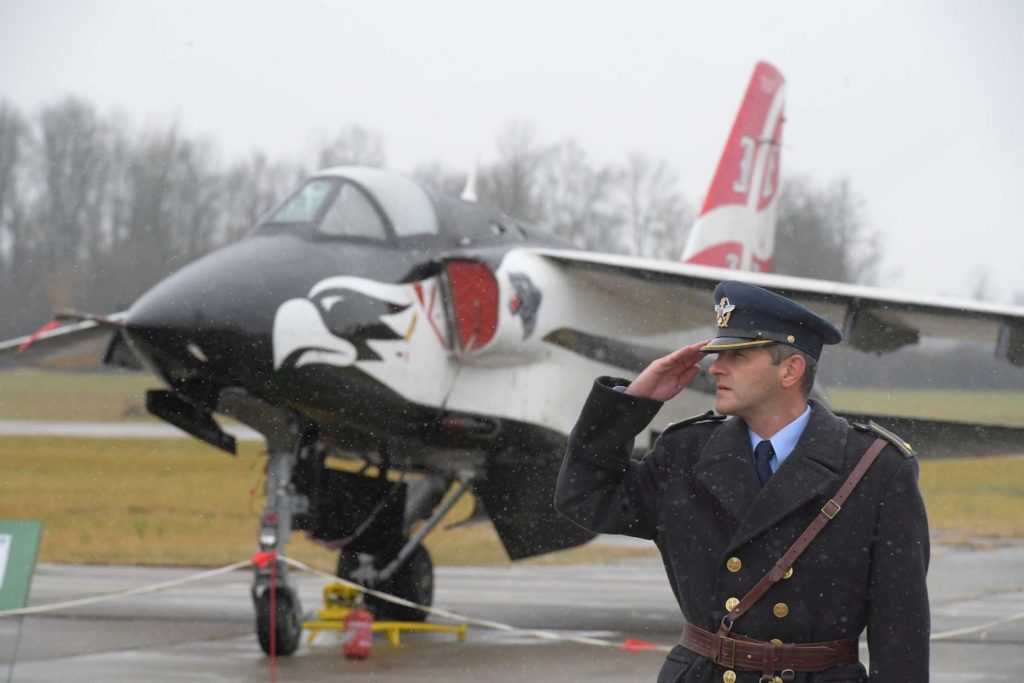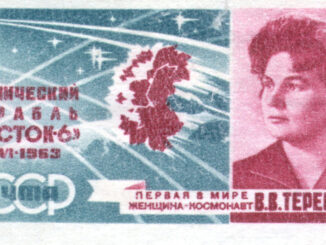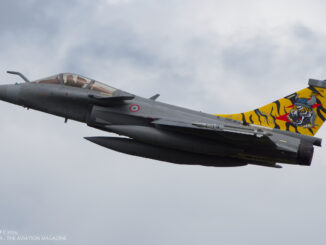 On 31 October 1974, the first flights of prototypes of a new ground-attack aircraft – jointly developed by Romania and Yugoslavia – took place in both respective countries.
On 31 October 1974, the first flights of prototypes of a new ground-attack aircraft – jointly developed by Romania and Yugoslavia – took place in both respective countries.
The Romanian- and Yugoslav-built prototypes both flew for the first time on the same day, taking off from the Bacău and Batajnica air bases respectively. Although the new jet received different designations in each country – the J-22 in Yugoslavia and the IAR-93 in Romania – its common name in both languages, Orao and Vultur, respectively, had the same meaning: “the eagle”.
In the 1970s, both Yugoslavia and Romania, while still socialist states, sought to achieve military independence from the Soviet Union. Among several projects launched in both countries at that time was the joint development of a multi-purpose subsonic aircraft, similar in role and capability to the SEPECAT Jaguar.
On 20 May 1971, a bilateral agreement was signed to establish the YuRom programme, the purpose of which was to create the aforementioned aircraft. The ambitious project of creating the new combat aircraft was supervised by engineer Teodor Zanfirescu on the Romanian side and Colonel Vidoje Knežević on the Yugoslav side. Zanfirescu was an experienced Romanian aviation engineer, technical director of the Institute of Aerospace Research and Design (ICPAS), as well as one of its founding members.

This cooperation resulted in the development of a classic twin-engine, high-wing monoplane of swept-wing configuration with a 43° sweep angle. It was equipped with a tricycle landing gear and aerodynamic air brakes. The cockpit, located slightly forward of the two side-mounted air intakes, featured a Martin-Baker “zero-zero” ejection seat.
The new jet featured a combination of Western and Eastern avionics and armament. Although the final design never reached the performance level of the SEPECAT Jaguar, it nevertheless represented a significant technological leap for the aviation industries of both participating countries. For Romania, it was also the first jet aircraft to be designed and developed entirely by its domestic aviation industry.
More information about the IAR-93 / J-22 aircraft can be found in our previous articles: IAR-93A(DC) Vultur and “Eagle 2.0” – the rebirth of J-22.
Photo (1) – Avioane Craiova IAR-93A(DC) Vultur (c/n 93282182, formerly ´182´ Romanian Air Force), exhibited at Muzeul Naţional al Aviaţiei Române (Romanian National Aviation Museum) in Bucharest, March 2014 / photo (2) © Министарство одбране Републике Србије / MoD Republic of Serbia



